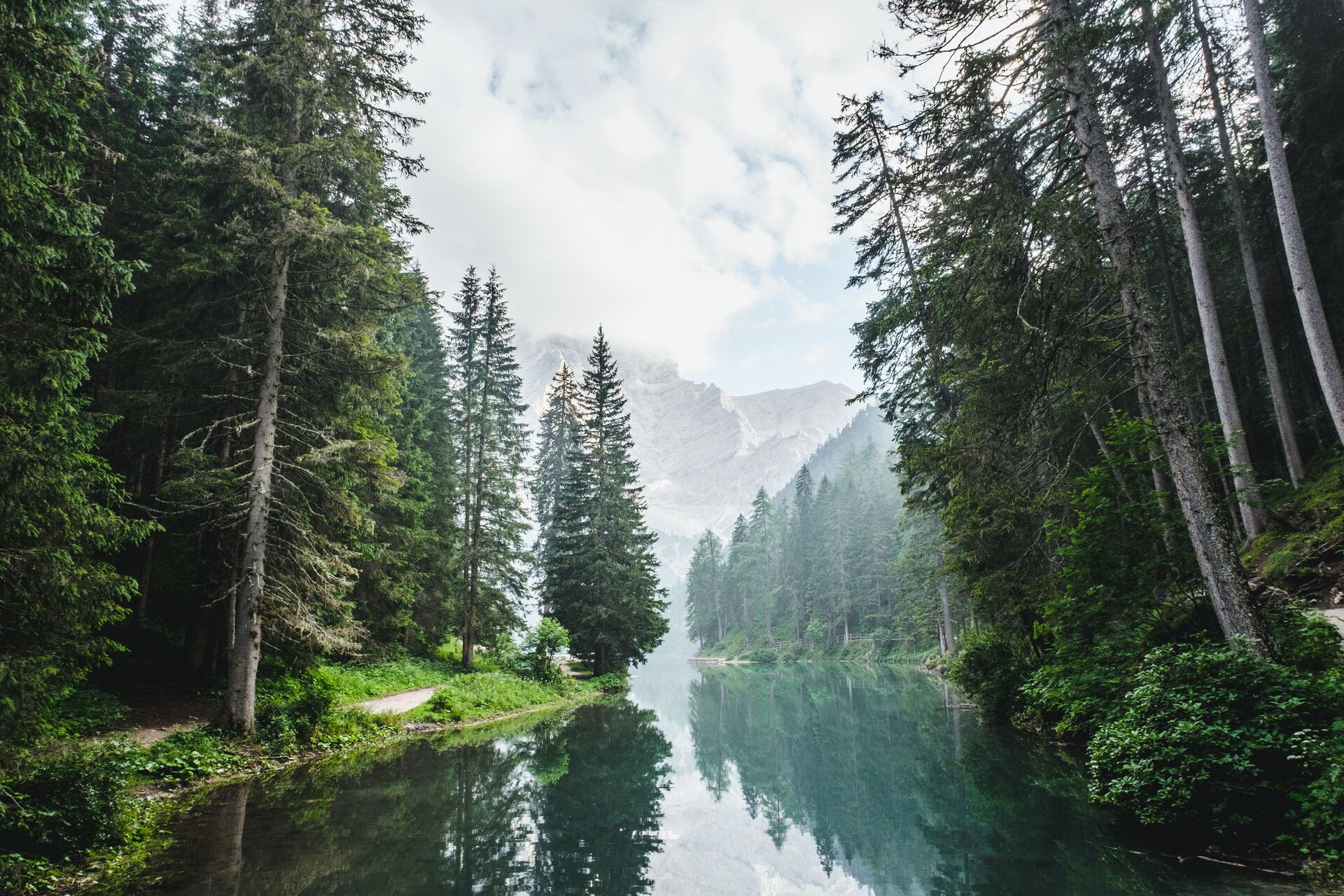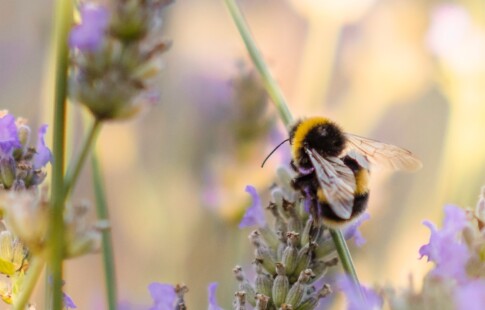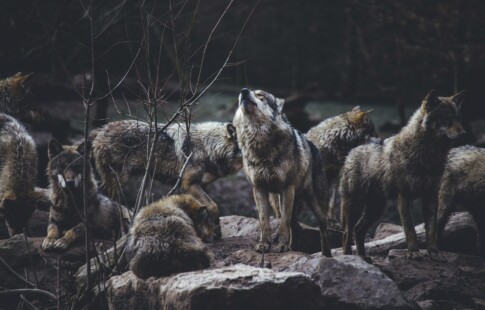
The Importance of Afforestation
We are reader-supported. When you buy through links on our site, we may earn affiliate commission.
While deforestation rates have decreased in recent years, it is still a problem. One approach that can bring immense value to this issue is afforestation. Learn what afforestation is, why it is important, the benefits it provides and how it is saving the planet.
What Is Afforestation and Why Is It Important?
Afforestation is the process of transforming barren land into a forest. It refers to planting trees in areas where there has been no tree cover before or not for many years. One of the most significant reasons why afforestation is essential is because it battles climate change.
Planting trees are one of the best ways to reduce the amount of carbon in the air. They capture CO2 emissions and with the help of photosynthesis, they create clean oxygen for humans to breathe. A popular area for afforestation is a location that has seen desertification — a process where a region turns into a desert.
This process can help breathe life into the area and create a new ecosystem. Afforestation can aid in increasing soil quality, prevent erosion, create new wildlife habitats, protect nearby areas from intense winds and floods.
The Difference Between Afforestation and Reforestation
Afforestation and reforestation are not the same. Reforestation refers to planting trees in areas that were wiped out due to deforestation. However, afforestation is the process of creating a forest in a barren location.
Another way to think of this is that one creates an ecosystem while the other restores it. Both methods offer excellent benefits for the environment.
3 Types of Afforestation
There are three types of afforestation — natural regeneration, agroforestry and commercial plantation. All three are unique, have different advantages and require careful planning. Here are the different afforestation types.
1. Natural Regeneration
Natural regeneration is where native trees are planted to create a forest. This type of afforestation is the best at capturing carbon and is usually planted with various native seeds. When fully grown, this forest provides a home for wildlife, creates a new ecosystem and aids in capturing carbon emissions from the air.
2. Agroforestry
This afforestation is done with the primary intent of crop production. The crop type in agroforestry varies, but popular choices include nuts, mangoes and avocados. Agroforestry goes hand in hand with farming.
This type involves planting different native plant species and utilizing sustainable methods for agricultural production. This afforestation creates ecological benefits for nearby areas and economic benefits for farmers.
3. Commercial Plantations
This type of afforestation has a different goal than the others. The main idea of commercial plantations is to plant trees for producing products such as timber. While commercial plantation trees still store carbon, most of it is released again as soon as it’s cut down.
This type of afforestation offers an alternative to cutting down natural forests for resources. However, in some cases forests have been destroyed to make way for commercial plantations. The end goal of these plantations is to produce specific products, such as paper pulp.
6 Benefits of Afforestation
As mentioned, each type of afforestation has its advantages. Here are some of the many benefits of afforestation.
1. Battles Global Warming and Climate Change
The most significant benefit of afforestation is that it fights against climate change and global warming. Trees absorb carbon and play a crucial role in reducing the greenhouse effect.
The planting of new forests helps in capturing more carbon emissions from the air. In other words, trees act as carbon sinks and create a more sustainable environment.
A new study has shown converting agricultural lands to a forest can increase summer rainfall by 7.6% and could offset the increased dry conditions climate change causes. With all the advantages afforestation brings, helping to battle climate change is the biggest.
2. Prevents Soil Erosion
The process of afforestation is transforming barren lands into flourishing forests. Soil erosion occurs when the ground is exposed to strong winds, flowing water and heavy rainfall. With afforestation, trees block excessive winds and prevent rain from damaging the ground.
In the case of floods, the topsoil could be transported to valuable water sources. However, afforestation helps with this matter. Tree roots aid in keeping the soil firmly in place.
3. Protects Areas From Floods and Extreme Winds
In addition to afforestation preventing soil erosion, it protects nearby areas and communities. The trees can block heavy wind and act as a barrier. As mentioned, tree roots also help keep the ground secure when there is a flood.
This aids in reducing the likelihood of a landslide occurring, which can cause massive damage to surrounding communities. While a forest can’t prevent a flood, it can severely mitigate the damages one can cause to communities and property.
4. Becomes a New Home For Wildlife
For years, humans have been destroying the homes of animals. This happens because humans require forest resources or the area for new buildings — real estate, malls and other structures. When wildlife is driven from their homes, it significantly affects them in many ways, such as searching for alternative forests to live in.
This is where afforestation comes in. It provides a new shelter for these critters to live and thrive in. In addition to its many other benefits, it creates a whole new ecosystem filled with various animal life.
5. Creates Jobs
One of the benefits afforestation brings is that it creates job opportunities. Planting a new forest is not easy and requires a lot of workforces to complete. Some tasks needed for building a new forest are digging, providing the plants with water, sowing seeds and harvesting crops.
In addition, sustainable agroforestry is associated with farming. In most cases, new workers are hired to fill these positions.
6. Alternative Supply of Wood Products
While commercial plantations are not the best afforestation for saving the environment, they still offer many benefits. As mentioned, commercial plantations provide an alternative to cutting down natural forests and can help conserve them.
This can relieve the pressure on these forests that human activities put on them. In addition, it offers the chance to grow trees specifically for certain products. Such activities also create new job opportunities for many people and surrounding areas.
All buildings, in some way or form, require wood. At the end of the day, the trees of this afforestation type are still cut down. However, these trees can provide an alternative supply of forest products and help prevent the deforestation of natural forests.
The Crucial Role of Afforestation
Afforestation plays a valuable role in society and helps reduce climate change’s effects. It aids in creating new job opportunities, transforms barren land, prevents soil erosion, creates new ecosystems and absorbs carbon emissions from the air. While building a new forest is not an easy task, when it has matured, it offers many sustainable benefits for people and the environment.
Share on
Like what you read? Join other Environment.co readers!
Get the latest updates on our planet by subscribing to the Environment.co newsletter!
About the author
Grace Waters
Always inspired by the natural world around her, Grace grew up exploring tide pools and hiking mountain trails, developing a deep appreciation for biodiversity and conservation. Now, Grace works as the Senior Editor of Environment.co where she covers topics related to emerging clean technologies, zero-waste initiatives, and the intersection of environmental policy and everyday living.





